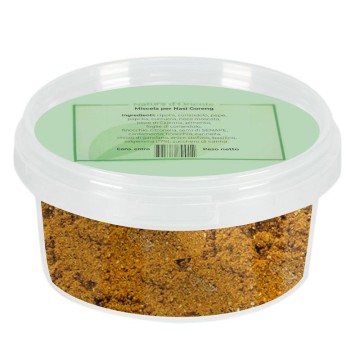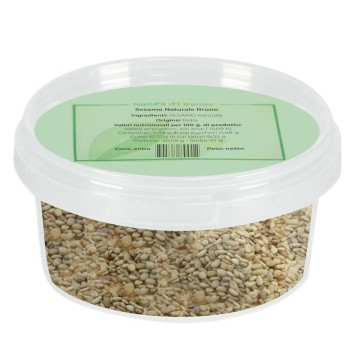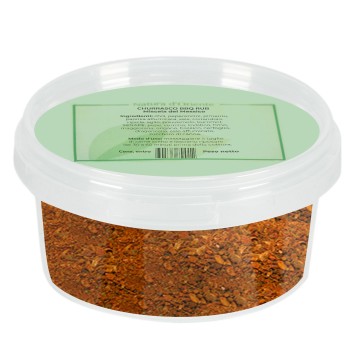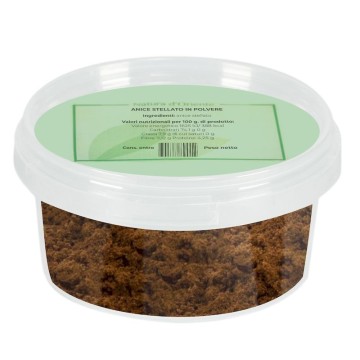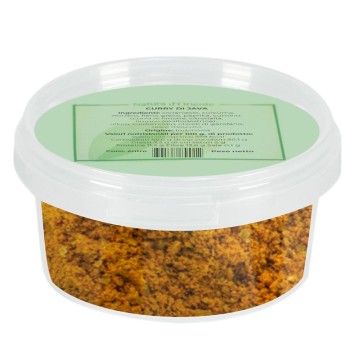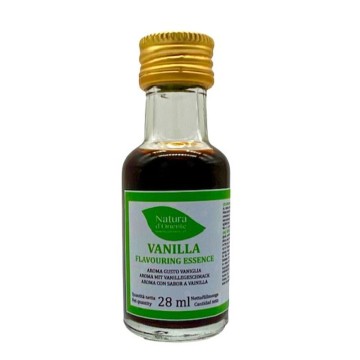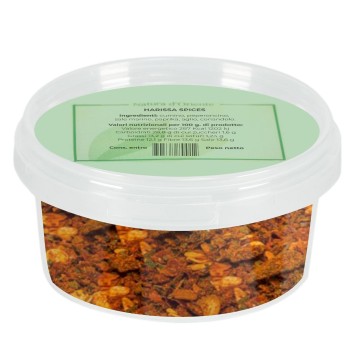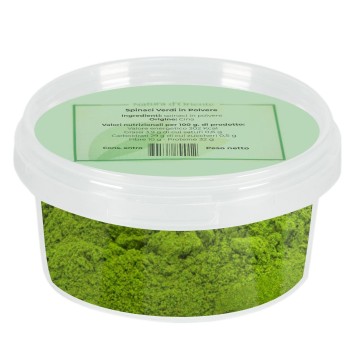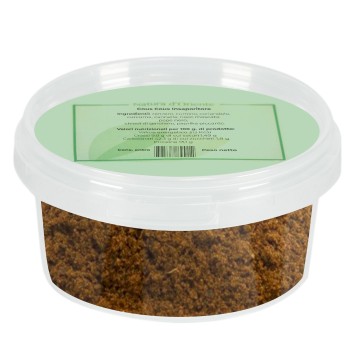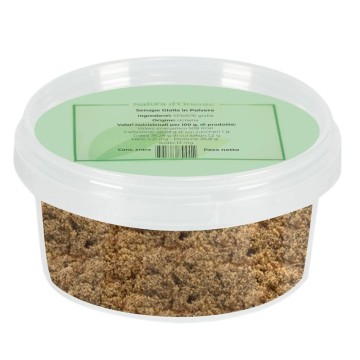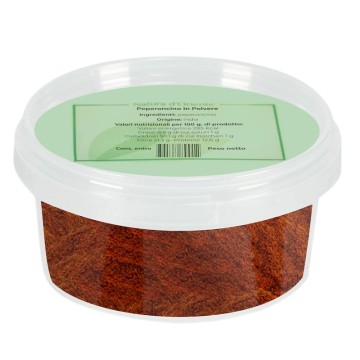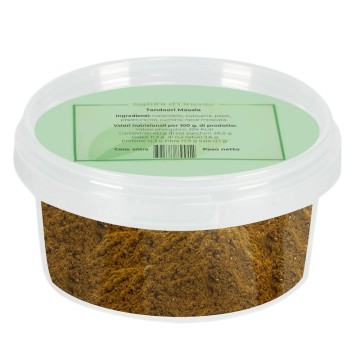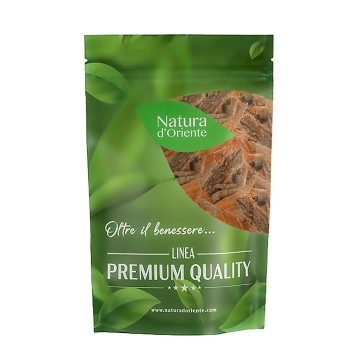This aromatic spice is obtained from the dried flowers of a tree, Syzygium aromaticum, native to Indonesia and not related to the carnation. Now widespread throughout the world, cloves represent a versatile addition to flavor many dishes with a sweet and spicy note of heat. They are also rich in antioxidants useful for our well-being. Both whole dried cloves, which become dark brown in color, are on sale; both in the powdered bud version. In the whole version they flavor intensely in slow cooking, as they take time to infuse their flavor. Cloves are often removed before serving the dishes.
Whole cloves: properties and benefits
Rich in antioxidant compounds, whole cloves are used not only as a spice to flavor foods, sauces and drinks. Their beneficial properties have been known since ancient times, useful for personal, home and garden care.</ br> In the form of an infusion, cloves are considered excellent digestives. They help the well-being of the stomach and counteract digestive difficulties and any postprandial nausea. By facilitating regular gastrointestinal activity, they are indicated for expelling excess intestinal gas, avoiding flatulence. Regarding antioxidants, the buds are a source of beta-carotene, the element that helps give their deep brown color. Carotene pigments are antioxidants and provitamins – they are precursors of vitamin A, a useful nutrient for our body. Cloves also have a balsamic effect for the well-being of the nose and throat; historically they were a natural remedy to purify and relieve irritation of the oral cavity (against bad breath, canker sores, irritated gums). Another property historically attributed to cloves is linked to their calming properties regarding headaches. Drinking an infusion with about 3-4 whole cloves can help relieve it.</ br> As for intake, 1 gram of cloves per day might be enough to introduce flavor and aroma into recipes and herbal benefits. Cloves contain beneficial compounds such as eugenol, the substance responsible for the aroma, as well as minerals such as manganese and potassium. They are also used as a natural remedy for the garden, in order to ward off garden parasites. At home, cloves in boiling water give off a delicious fragrance, for a natural scent of the rooms.</ br> The consumption of cloves must always follow moderate doses and not exceed the quantities; Excessive use is not recommended in case of ulcers, and for external cosmetic use in case of dermatitis.
Use of whole cloves in cooking
Thanks to their unique taste and versatility in the kitchen, they are one of the most used spices in the world and in many dishes. They are freshly ground for use in spice blends, and added whole to recipes to add depth and flavor to savory and sweet dishes. Compared to the ground version, whole cloves have a slightly milder flavor. They bring a warm and particular flavour, which incorporates floral and pungent notes, excellent with rice, baked recipes and vegetables. </ br> International Cuisine: The buds in Indian and international cuisine are used in the preparation of curries, chutneys, on cured meats, in Worcestershire sauce and English desserts, and in tea or spice blends. They are also found preserved in oil or vinegar. </ br> Sweets: This spice is very popular in baked goods, biscuits, cakes, gingerbread, creams, fruit preserves and pastry fillings, desserts. Whole cloves, crushed or freshly ground, can unleash their full potential in these recipes. To grind them you can use a pestle or a coffee grinder. </ br> Savory recipes: Whole cloves are suitable for simmering in savory dishes such as stews. They add flavor to roast meat, for baked second courses, on fish and to flavor stewed or baked vegetables. They give a special aroma to cured meats and sausages (raw and cooked), and an aromatic touch to sauces, gravies, ragù, cheeses and marinades. For first courses, as a seasoning this spice evokes an oriental aroma on rice dishes, soups and legume dishes – a couple of whole cloves can be added while they are simmering to add depth. </ br> Drinks: whole cloves are preferable for the aromatic infusion of liquids and for the creation of infusions, forbecause they can be removed easily. They are used in hot milk, tea or herbal tea drinks; to flavor wine (mulled wine) and liqueurs. </ br> Blends: Can be powdered to fit into popular Indian blends such as garam masala and curry, Lebanese baharat and ras-el-hanout, Chinese five spice and zhuatang, and berbere. Five spice duck Ingredients: 800 g of duck breast - 1 cinnamon stick - 1 whole cloves - 1 tablespoon of fennel seeds - 1 tablespoon of Szechuan pepper - 2 tablespoons of anise starry berries - small ginger root - 1 head of Chinese cabbage (or savoy cabbage) - Seed oil - Salt </ br> Preparation Arrange the duck breast inside a resistant baking dish to the heat, after having washed it well. Combine the five spices (cinnamon, cloves, fennel seeds, Szechuan pepper and star anise), massage the meat with the aromas and add the salt. Take a large baking tray and fill it with 5 cm of water; insert the baking dish with the duck over the pan with the water, put everything on medium heat and cover with a lid. Leave to cook for 60 minutes. In the meantime, prepare the Chinese cabbage, slice it thinly after washing it. Take a wok pan (typical of oriental cuisine) and heat a spoonful of seed oil together with the grated ginger. Add the cabbage, a pinch of salt and leave to cook for 8-10 minutes (add a little water if necessary). When ready, set the stewed cabbage aside. Return to the wok and heat plenty of vegetable oil, when it is hot, immerse the duck breast. Cook the meat for about 10 minutes, until it becomes crispy and golden. Cut the duck breast into slices and serve it accompanied with the stewed cabbage. </ br>
Origins and history of cultivation
The aromatic spice of cloves comes from the Syzygium Aromaticum plant (also botanically called Eugenia Caryophyllata). It is native to Indonesia (Molucca Islands), where it grows well as it prefers a humid and marine climate. The still closed buds of the plant, once collected, are dried, taking on the shape of a nail and a red-brown color. In India, cloves were and still are a fundamental ingredient of many spice blends. Over time they spread to Asia and Europe, and in the Middle Ages they became a well-known ingredient on the table. They were called cloves, although they did not derive from this plant, probably due to their shape which took on a profile similar to the closed bud of the clove. As a prized spice, coming from distant lands, it was expensive in Europe: a bunch of small dried flowers could be worth half an ox or a sheep. Along with cinnamon, pepper, nutmeg and others used in noble courts, cloves were also the source of many trades from the East. At the time they were also used in health treatments and the Arabs were among the first to discover the phytotherapeutic properties of cloves - as well as introducing them into our territory. Even the medieval Salerno School of Medicine recommended using them as a remedy for many ailments. In the 16th century, doctors prepared infusions based on milk and cloves as powerful aphrodisiacs that "increased" the strength of Venus. Therefore, the use of these flowers was prohibited in convents and monasteries. In the eighteenth century they spread more widely in the kitchen, when explorers made this spice less rare. Cloves were increasingly used to preserve marinated meats and to cook stews and stewed meats. Today the clove tree is cultivated in the tropical belt all over the world, including the Antilles, Zanzibar, South-East Asia, China. The world's largest production comes from the island of Zanzibar in the Indian Ocean.

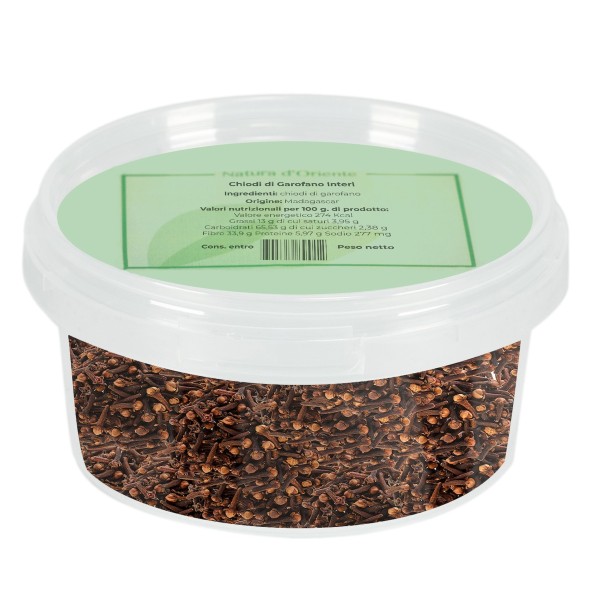









 No reward points for this product.
No reward points for this product.
